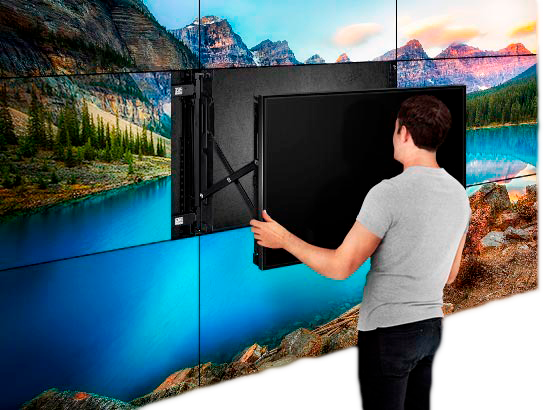Exploring How Definition Affects the Performance and Aesthetic Quality of Light Emitting Diode Walls in Contemporary Display Technology
Exploring How Definition Affects the Performance and Aesthetic Quality of Light Emitting Diode Walls in Contemporary Display Technology
Blog Article
LED walls are becoming more and more common in various environments, from concerts and sports competitions to business presentations and art exhibits. One of the most important factors that influence the functionality and image quality of these displays is resolution. Image resolution denotes the number of pixels that make up the visual on the screen. Higher resolution indicates more picture elements, which can lead to sharper and crisper visuals. Grasping how resolution affects LED walls can help operators make knowledgeable choices about their display needs.
When talking about resolution, it is essential to consider pixel pitch, which is the gap between the midpoint of one picture element to the center of the next pixel. A smaller pixel spacing yields a greater image clarity, enabling additional clarity in the visuals displayed. For example, an LED wall with a picture spacing of 1.5mm will offer a sharper image than one with a picture pitch of 3mm. This is particularly crucial in settings where audiences are near to the display, such as in a compact venue or a trade show booth. Look At This In these situations, a greater image clarity can greatly enhance the observing quality.
Another factor of resolution is its effect on color precision and luminosity. LED screens with greater image clarity often have superior color reproduction, meaning that the colors displayed are increasingly lively and realistic. This is essential for applications like advertising, where the objective is to capture attention and convey a concept efficiently. Additionally, higher image clarity screens can preserve brightness levels even when viewed from different angles. This is important in large venues where viewers may be seated at different distances and angles from the screen.
The performance of LED walls is also affected by image clarity in terms of update frequencies and reaction durations. A greater image clarity screen can support quicker update frequencies, which is crucial for fast-moving material such as films and animations. This means that the images on the screen will appear more fluid and more seamless, improving the total observing quality. In comparison, reduced image clarity screens may have difficulty with dynamic material, resulting in fuzziness or delay. Therefore, for events that depend on dynamic images, selecting a screen with a suitable resolution is critical.
In conclusion, resolution plays a vital role in defining the functionality and image clarity of LED screens. Elements such as pixel spacing, hue precision, brightness, update frequencies, and reaction durations all affect how efficiently a display can convey information and engage viewers. As advancements continues to progress, understanding these factors will assist operators select the right LED screen for their particular requirements, guaranteeing that they achieve the best possible results in their displays and occasions.